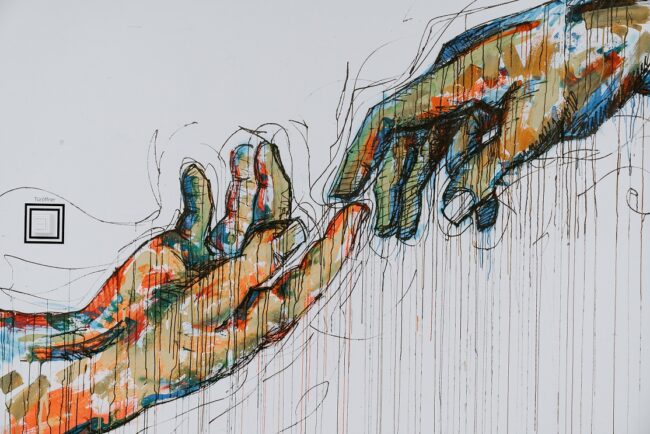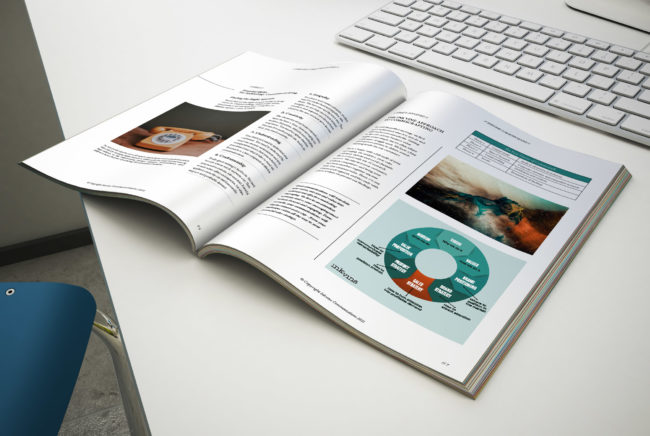This post was a teaching experiment for Inkvine’s fantastic marketing intern Phoebe. We set her the challenge of searching out a niche keyword, and then ranking #1 in various search markets. Not only did she need to use various tools to research search volumes, she then needed to use both on-page and off-page SEO tactics, to encourage her post to rank. She then had to use reporting tools to measure positions and increase relevancy over time. Keen to see how well she did? Read to the end 🙂
What is an Origami Marketing Mindset?
Origami marketing mindset involves using the techniques and state of mind that one achieves whilst practising origami and applying it to marketing. There are more similarities between origami and marketing than you might think. They both start from simple things and use powerful techniques and different steps to create an end project that massively increases its value. Like how a square sheet of paper can be turned into a complex and expensive model, a simple business can be turned into a lucrative and professional empire by the right people. Having an origami marketing mindset can help you to be more focused and creative. Developing an origami marketing mindset can help you to become a more strategic, analytical and inventive marketer.
Origami is something that some practitioners do almost every day. It can bring them into a new state of focus and flow. Different types of origami can bring them into different states. For example, a modular origami ball can be very simple, but also time-consuming so it tends to be more calm and meditative. Tessellation origami helps with becoming more analytical and better at problem solving as the folding technique requires ongoing testing and pattern recognition to ensure its done right. Learning something new is always a good way to keep one’s mind open and ready for learning things in other aspects of their lives.
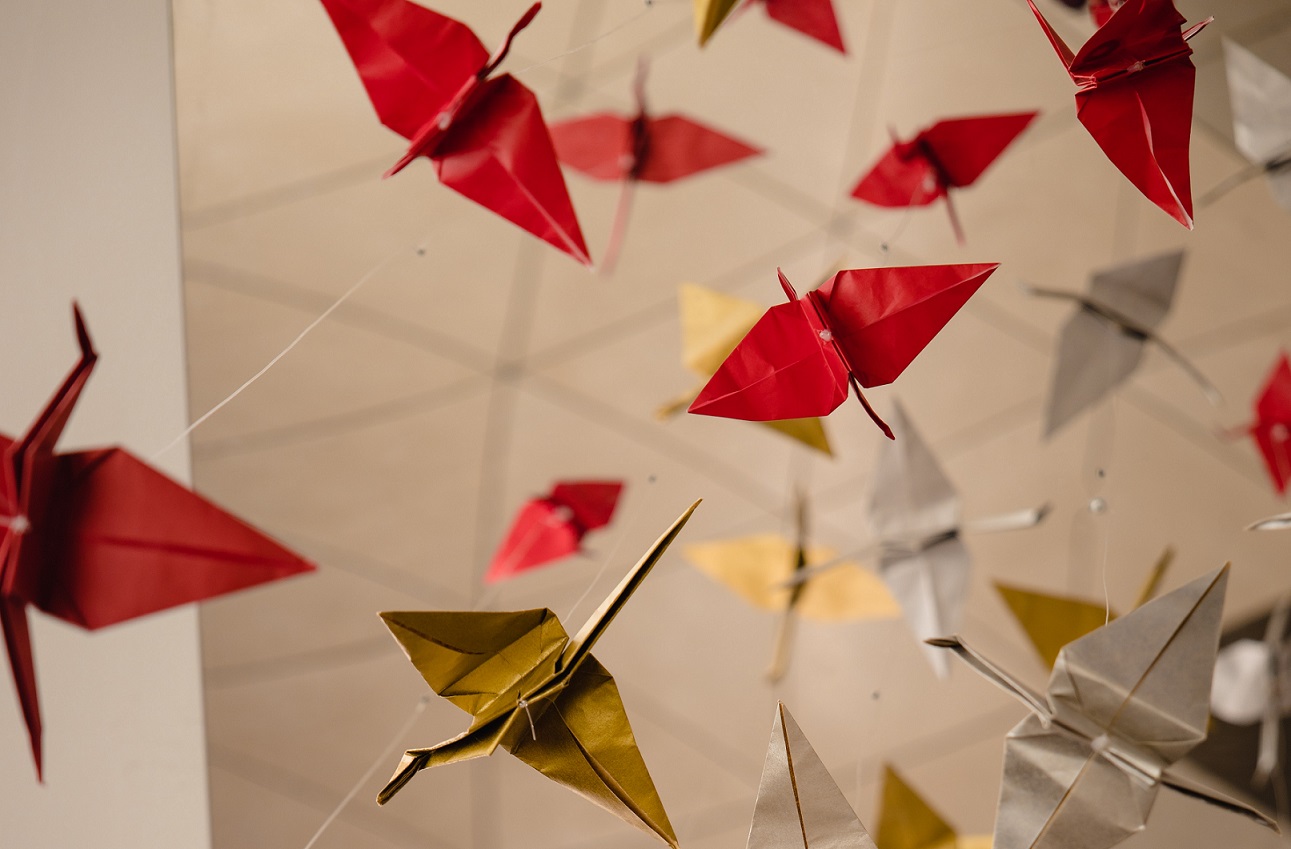
Origami Marketing Mindset – 6 Areas Where Marketing and Origami Merge
To understand where the origami marketing mindset comes from, you need to look at the two different practises and see what they have in common – this helps to meld the two concepts and ultimately produce techniques that improve both.
1. Preparation & Planning
When doing origami, there is a lot of preparation and planning required to produce your best work. First and foremost, you need a square piece of paper. Then, you need to know which folds to make and the order in which to make them, often represented by a diagram in front of you. Lastly, and this is the part that varies in difficulty, you need to know which base to start with. This can range from just a couple of folds to a massive grid (the size of the grid can become incomprehensibly big, but most commonly 16*16) both vertically and diagonally. For the average practitioner, the preparation for a single model can be as long as half an hour — for experts in origami, it can be much, much longer as the bases get more complex. In the same way, someone who does marketing needs to know what they’re starting with in order to reach the business’ goal.
Despite the time and precision needed for the preparation of some origami models, it can be one of the most underrated aspects of it. Sure, when you spend a lot of time making a huge grid, only to find that one or two folds are just off centre enough and you have to start all over again is infuriating. However, the process of making said huge grid is strangely relaxing and extremely satisfying when you finally finish it. The purpose of doing origami isn’t necessarily the end result but the fun you have in creating it.
2. Experience
There are hundreds, if not thousands of models that anyone with a square of paper and the internet can achieve. Anyone who wants to learn origami can find anything they need from scouring the internet for new and exciting things to fold. Even more experienced practitioners do this on a regular basis to find new, more interesting, more complex models to fold. It can take years of dedicated practice to get to the level of some practitioners you see online.
One of the wonderful things about origami is that being an expert can mean so many different things. There are people who can create amazing models, and others who delve into the complex mathematics involved in creating intricate origami models. Likewise, there are so many areas in marketing that one can focus their expertise on. PR, SEO, copy writing and Adwords are only a handful of areas that you need to know about in marketing. Different people can specialise in different areas. However, a basic understanding of each area is essential to develop a winning marketing mindset.
3. Experimentation
When you have been doing origami for a long time, there will be a point where you know enough to start experimenting. This can be with the types of fold, the order in which you do them, or pretty much anything really, but the key is knowing enough about the paper and model/s to know how certain types of experimentation can work. Even then, it can take years until origami practitioners can come up with truly outstanding work. Someone doing it for about 3-4 years might only come up with one, if any unique models. Of course, this varies from person to person but ultimately, experimentation comes with a lot of practice.
Experimentation is key in marketing. You still need to be very well versed in the subject, but with Google’s constant changing of how websites work and rank, businesses need experimentation to find new techniques that work in order to continue staying alive and improving.
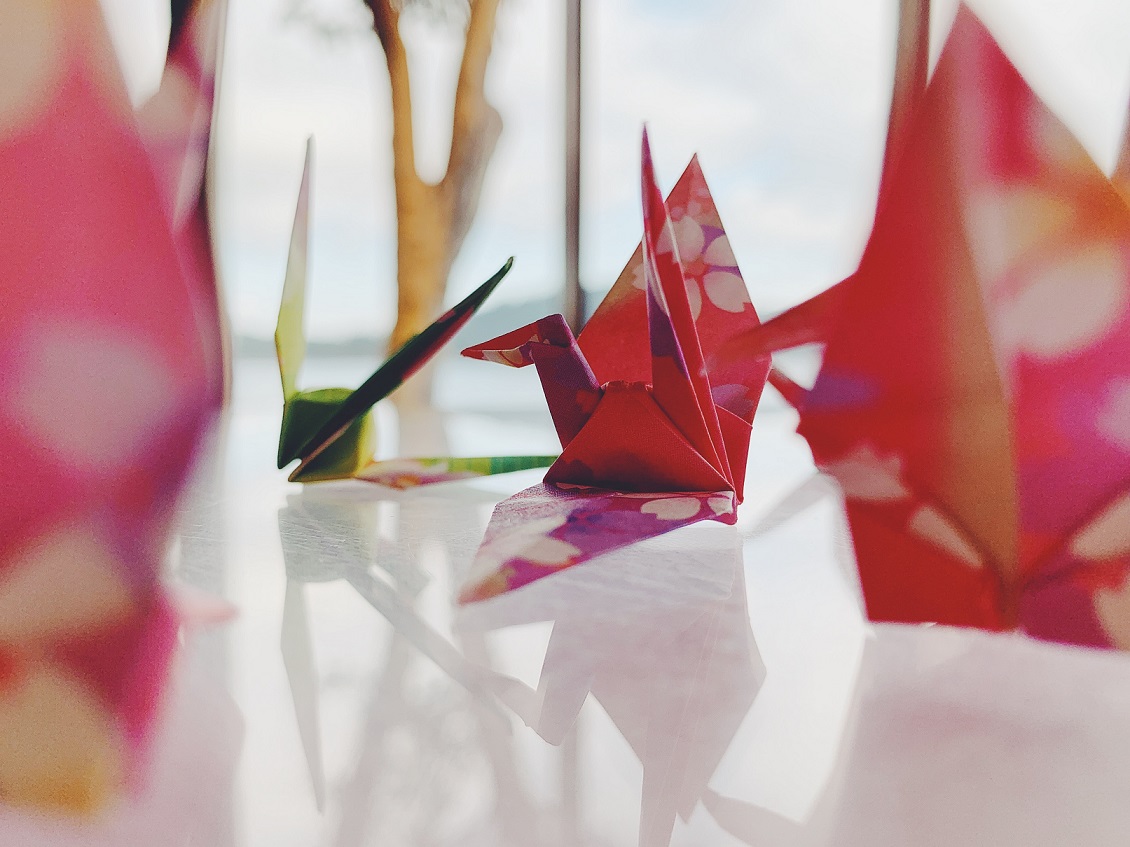
4. Inspiration
Many artists start developing their own models by first trying to copy others’ models without the help of a diagram. Not only does this help with understanding how different folds work and increase familiarity with the paper, it means that they can take inspiration from anything they see and apply the techniques and styles with their own models later.
In itself, the art of origami can be used as inspiration as well. Robert Lang has many great examples of this – he was a laser engineer from NASA who later turned fully to practising origami. There can be a huge amount of precision and mathematics involved, and the use of origami lead to the creation of a solar panel which unfolds to reveal a much larger surface area to absorb sunlight than ever thought possible.
5. Precision
Origami is synonymous with precision. If you don’t have the folds exactly lined up, it can lead to a world of disaster, frustration, and unfathomable anger towards the origami gods! But regardless of whether it works, you learn from everything you fold and this leads to a higher quality and standard in both your origami and in other aspects of your life.
By learning how to make the precise folds and repeating them over and over again, It reinforces the idea of ‘practice makes permanent’ (this is an idea thrown around by some martial arts instructors and the like who want to teach about practising in the right way, not just a lot). Getting to a point where you can fold an origami crane with your eyes closed takes a lot of work. However, it’s fun to be so passionate about something that a small thing becomes a source of pride.
6. Adaptability
In the world of origami, the word ‘adaptability’ can be particularly interesting. On one hand, the precision of the folds is often not something you can be adaptable with, so this aspect of origami makes it seem a lot more rigid and structured. On the other hand, there’s so much variety with what you can make that it’s almost like the paper becomes a shape-shifter. This is arguably the pinnacle of adaptability. While, for many practitioners, a square has to be used and there’s only so much leeway in the accuracy of the folds. You simply need a single piece of paper to make anything you can imagine. This makes origami one of the most adaptable and versatile hobbies there are.
With adaptability comes inspiration, and the techniques and mindsets you get from origami can be transferred into things like marketing. They both require precise and analytical minds. They both have specific step-by-step requirements that eventually lead to a whole completed project.
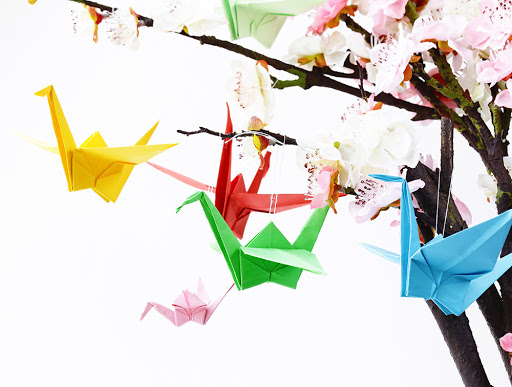
The Origami Marketing Mindset
Origami is an excellent way of practising mindfulness. While you do simple, repetitive folds, it lets your mind wander and gives it space to take a deep breath and consider what’s happening around you. At the same time, you could also choose to focus on just doing the origami. This state of flow, still the mind and creates a sense of total tranquility. For many, tranquility, calmness and mindfulness aren’t words you’d often associate with work. However, it is a state of mind that some of the highest performers, be it in art, sport or business, constantly aspire to achieve.
While meditation isn’t the purpose of origami, the two can go hand in hand and one can help achieve the goals of another. Meditation might not be directly related to marketing. But it can definitely help. Opening up different ways of thinking means you can consider different angles and therefore niches which can revolutionise your marketing methods. Uniqueness is especially powerful in marketing if used the right way, and using an origami marketing mindset can keep you thinking in unique ways.
At Inkvine, we take a different approach to marketing. Learn more about our strategic workshops and the Mary Poppins Protocol.
Following on from her experiment, Phoebe’s post is now on Page 1 of search in most markets, including the US, where her post ranks #3! This was a lovely piece of content that achieved its learning purpose really well. We’ve tried a similar experiment to find the most talented man in Ireland.


